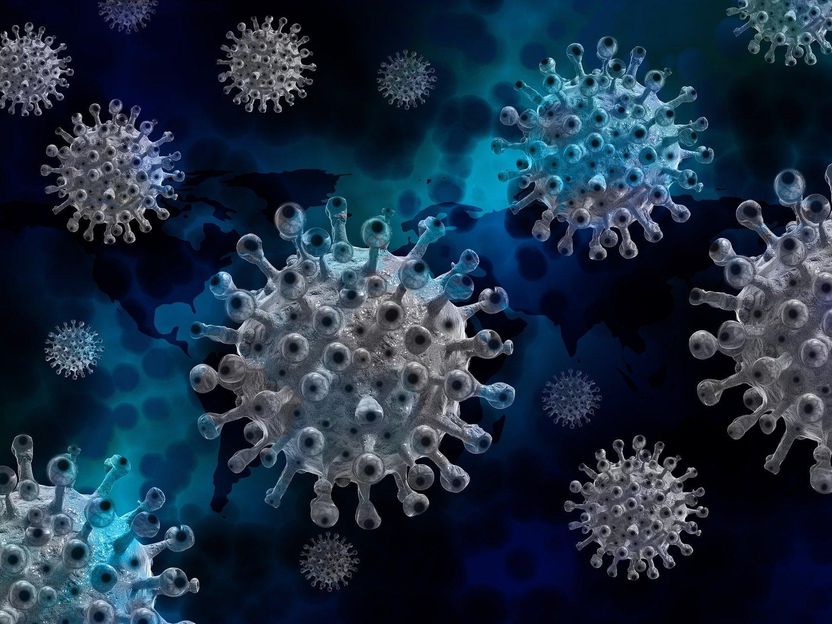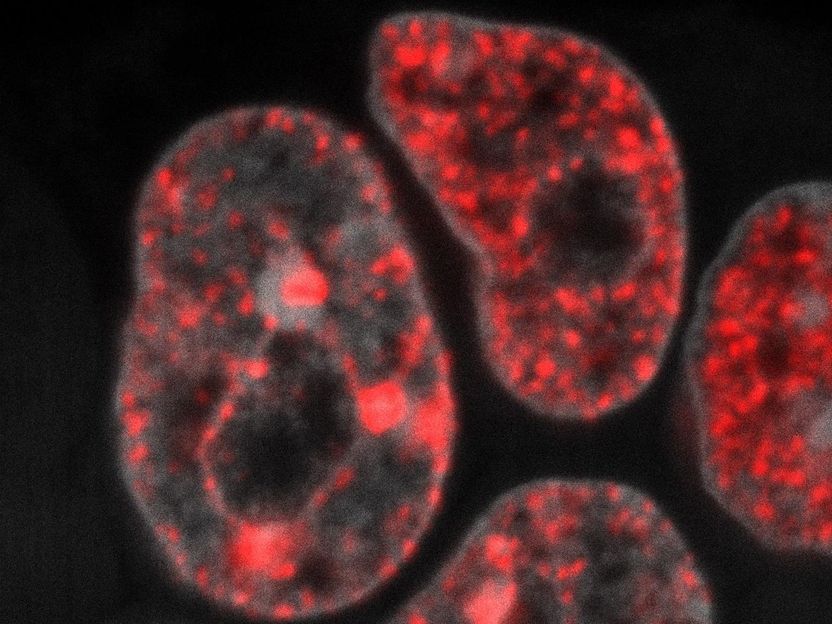The immune system as a whole restricts the evolution of viruses
Researchers analyze how the immune system as a whole, and not specific defenses, is responsible for limiting the virulence of pathogens such as SARS-CoV-2
During the Covid-19 pandemic, some people have been infected several times with the SARS-CoV-2 virus while others have never been infected. Susceptibility to infection by a virus has a genetic basis, but does the evolution of the virus also depend on the genetics of the host? This is the question guiding a study conducted by the Institute for Integrative Systems Biology (I2SysBio), a joint center of the Spanish National Research Council (CSIC) and the University of Valencia (UV). Their results suggest that it is the immune system as a whole, and not specific defenses in isolation, which restricts viral diversity and evolution. The study is published in Nature Ecology and Evolution.

Immunity to viruses varies with age and nutritional status, among other factors.
Pixabay
This work, carried out in collaboration with Carla Saleh's group at the Institut Pasteur (Paris), represents an improvement in the understanding of how genetic differences in host populations, in terms of resistance to infection, affect the evolution of virulence of viral pathogens.
"First, we observed how the virus optimized its ability to reproduce and infect the host genotype in which it was evolving in a highly specific manner, depending on the signaling pathway and the response to infection affected in each case," explains Santiago F. Elena, a CSIC scientist who leads the Evolutionary and Systems Virology group at I2SysBio. "In addition, we saw that host adaptation occurred with a decrease in virulence, suggesting that immunosuppressed hosts exert a weak selection pressure on viral populations, allowing less aggressive virus variants to persist in the population," he continues.
To conduct this study, the researchers used an experimental model consisting of the vinegar fly(Drosophila melanogaster) and its natural pathogen, the C virus. Using a collection of fly genotypes with mutations in different signaling pathways and responses to infection, the research team constructed a virus evolution experiment, characterizing virulence, the process by which disease develops (pathogenesis), and the genetic variability of the resulting viruses. They also studied which evolutionary forces (mutation, natural selection and chance) govern the evolution of the C virus in each fly genotype.
Predicting virus evolution in populations
Finally, the research team observed that the amount of genetic variability accumulated by the virus populations, as well as the mutations accumulated by the virus in its genome, depended on the precise genotype of the host. "Overall, our results indicate that it is the innate immune system as a whole, and not specific signaling and defense pathways in isolation, that constrains viral diversity and evolution," summarizes Santiago Elena.
Does this finding have implications for antiviral treatments? According to the CSIC researcher, antiviral drugs act on the virus itself or on its interaction with cells (blocking its entry, for example), not on the immune system. "Our immune system has two components, the innate and the adaptive. What we have studied here are the most important innate pathways in invertebrates. Our adaptive system with memory is stimulated by natural infections and, as is well known, by vaccines."
The results will allow the development of more accurate models of how viruses can evolve in genetically heterogeneous populations, with levels of immunity varying with age and nutritional status, among other factors.
Note: This article has been translated using a computer system without human intervention. LUMITOS offers these automatic translations to present a wider range of current news. Since this article has been translated with automatic translation, it is possible that it contains errors in vocabulary, syntax or grammar. The original article in Spanish can be found here.




















































